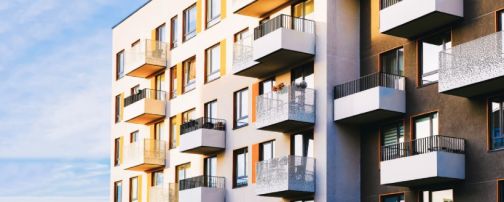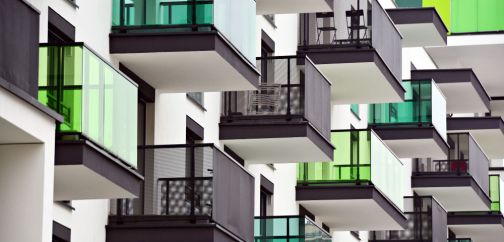What's next for heat pumps within non-domestic RHI?

Launched in November 2011, the NDRHI scheme is due to close to new applications at midnight on 31st March 2020. Without regulatory change, the eligible plant would currently need to be commissioned by this date for the 20-year tariff payments to begin.
But with the release of new proposals within the government’s consultation, how could this change for projects who wish to apply for NDRHI in the very near future? Or affect those who still have outstanding payments or phases of eligible developments beyond March 31st?
Read our summarised changes to heat pumps and the NDRHI scheme below.
Changes for new applicants
A key proposal aims to give potential new applicants more time to submit commissioning evidence (Stage 3) beyond the 31st March 2021 closing date.
It is suggested that developments will only need to submit ‘properly made’ Stage 2 information before the scheme closes, being able to set a date for submission of Stage 3 commissioning evidence up to 31 March 2022 whilst still being eligible for funding.
For projects that have been delayed over the course of 2020, or those who will not reach commissioning stage until the start of 2022, this has the potential to keep NDRHI funding an option.
Modified capacity for shared ground loop systems
For larger developments, the government proposes to still allow shared ground loop systems to modify capacity. This means participants will be able to bring individual connecting heat pumps online in phases. Where capacity is modified, the additional payments will begin as soon as the new plant is commissioned but will not initiate a new 20 years payment period.
This means that if a shared ground loop has a total potential capacity of 500kW and 250kW worth of heat pumps are connected to the loop at the point of accreditation, if the remaining 250kW were commissioned three years later the project would only receive 17 years of NDRHI payments for the additional heat pump capacity.
For new applications to qualify for this, the government wants to receive strong evidence demonstrating the total planned capacity of the ground loop and the phased plans for bringing connecting heat pumps online at the point of accreditation.

Shared ground loops for domestic properties
As the NDRHI scheme closes, Government has been reviewing the financial arrangements surrounding shared ground loops for domestic properties. They are looking to futureproof consumer protections in relation to areas such as plant maintenance and replacements, changes of ownership and other issues which could jeopardise NDRHI payments or put consumers at risk.
Their review will add a consumer protection section to the NDRHI regulation.
Metering for pre-2013 applications
NDRHI submission made before 2013 were required to have installation meters to monitor system performance; however, these readings are not necessarily required for calculating payments.
Where installation meters breakdown or readings are unavailable, government are now considering reducing the strictness of requirements where there is no material impact on NDRHI payments.
This could see the requirement for broken meters to be replaced and estimated readings removed as a barrier to payment.
Commercial heat pumps for your projects
At GDHV, we have a range of three phase, MCS accredited commercial heat pumps, including air source and ground source solutions.
Should you have a project that you feel could benefit from heat pump application, contact us to be put in contact with your regional specialist, who will be able to help from initial conversations through to design, buffer vessel, cylinder and hydraulic schematic advice.








